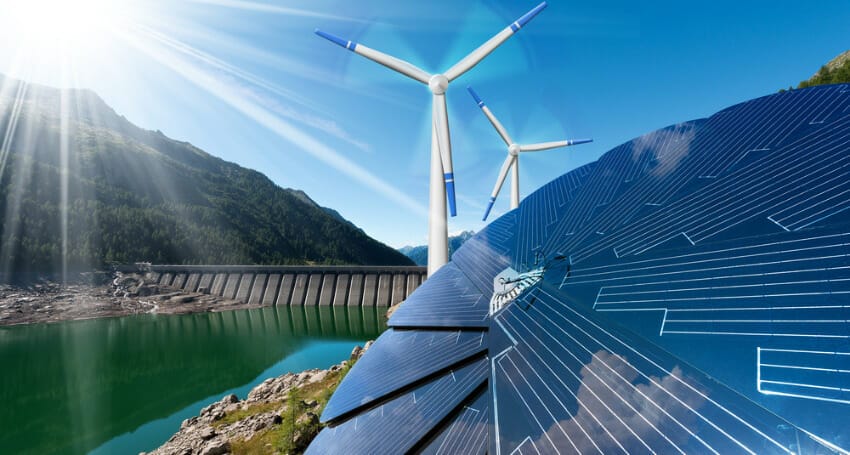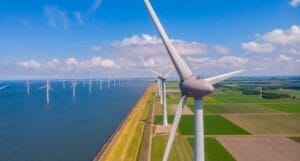In the realm of energy resources, renewable energy holds a unique, integral position. This power source is becoming increasingly relevant as we look for ways to mitigate climate change and reduce our dependence on fossil fuels. It’s no surprise that phrases like “renewable energy is energy that can be replenished” often echo in the corridors of discussions on sustainable development.
Defining Renewable Energy: A Renewable Energy Source Explained
At its core, renewable energy is energy sourced from naturally replenishing resources. They are called ‘renewable’ because these energy sources are naturally replenished on a human timescale. Some common examples include wind, sunlight, water, geothermal heat, and biomass. The National Renewable Energy Laboratory (NREL) and Energy Information Administration (EIA) are dedicated to studying and promoting these renewable energy technologies.

Clean Energy: Renewable Power with Reduced Emissions
Another term synonymous with renewable energy is ‘clean energy.’ Renewable power sources are considered clean because they generate electricity or thermal energy with significantly lower emissions of harmful pollutants, including greenhouse gases, compared to conventional fossil fuels. This energy transition towards clean energy sources is a critical component in combating climate change and improving air quality.

The Role of Renewable Energy Systems in Our Energy Consumption
Renewable energy systems, such as solar panels or wind turbines, capture energy from renewable sources and convert it into usable power. These systems play a crucial role in shaping our energy consumption patterns. As our understanding and implementation of renewable energy technologies advance, these systems are becoming more efficient, enabling us to harness more power from renewable sources.
Energy Efficiency and Renewable Energy: The Perfect Blend
Renewable energy is often associated with energy efficiency. While renewable energy focuses on sourcing power sustainably, energy efficiency is about reducing the amount of energy required to perform a particular task. Combined, they form an effective approach to managing our energy systems sustainably. The Department of Energy’s Office of Energy Efficiency and Renewable Energy (EERE) leads the U.S. government’s efforts in these areas. They strive to develop innovative solutions to transform the nation’s energy system and ensure its security, resiliency, and affordability.
Renewable Electricity: Powering the Future
Electricity produced from renewable sources, also known as renewable electricity, is one of the most significant applications of renewable energy. From powering homes and businesses to charging electric vehicles, renewable electricity is reshaping how energy is used and consumed in our societies.

The Array of Renewable Energy Resources
There is a diverse range of renewable energy resources, each with its unique advantages and considerations:
-
Solar Energy: Harnesses the power of the sun, and has been used by humans for centuries. Today, solar power technologies range from small rooftop systems to large solar power plants.
-
Wind Energy: Converts the natural movement of the wind into electrical power using wind turbines. This source of renewable energy is often used in areas with strong and consistent winds.
-
Hydropower: Uses the energy of flowing or falling water to generate electricity. It’s currently the largest source of renewable electricity worldwide.
-
Geothermal Energy: Taps into the Earth’s internal heat to generate electricity and thermal energy. It is a reliable and consistent energy source.
-
Biomass Energy: Converts organic matter, like plants and waste, into electricity, biofuel, and heat. Biomass is a renewable resource that can be continually replenished.
The Future of Renewable Energy: A Sustainable Energy Transition
The future of our global energy system lies in renewables. As our understanding of renewable energy expands, so does our ability to harness its power effectively. Investment in renewable energy technologies is increasing, contributing to a sustainable energy transition that benefits both the environment and economies. In conclusion, renewable energy is more than just a buzzword; it’s a crucial component of our sustainable future. As the saying goes, “Renewable energy is energy that can replenish itself.” By understanding the importance of renewable energy, we can all play a part in promoting and using these invaluable resources to ensure a cleaner, greener future.




